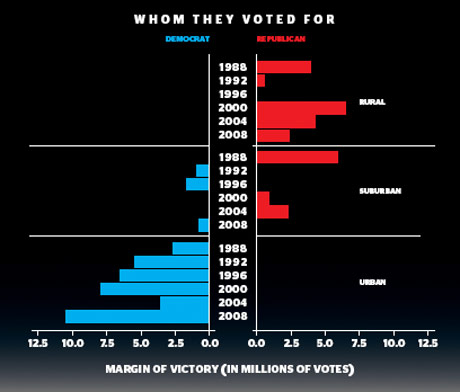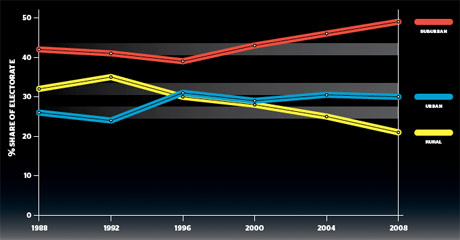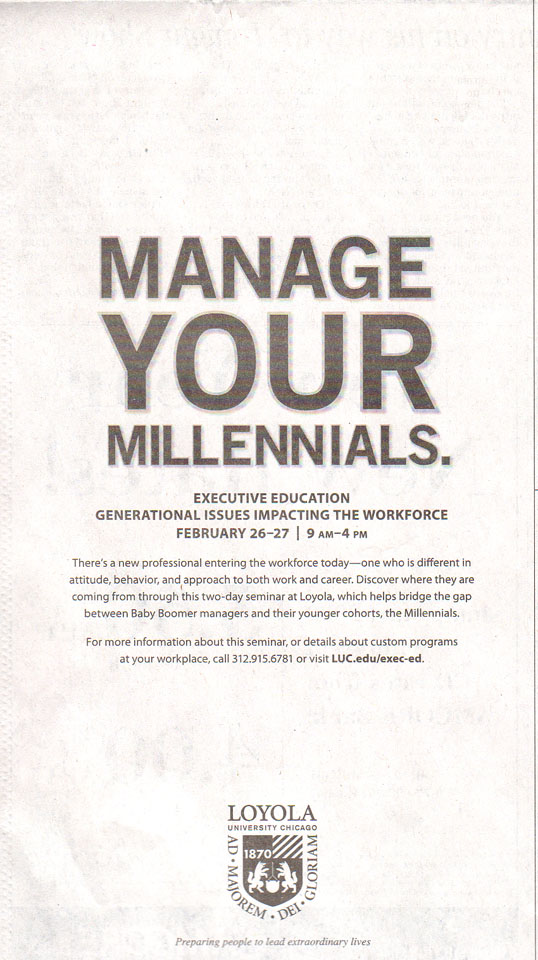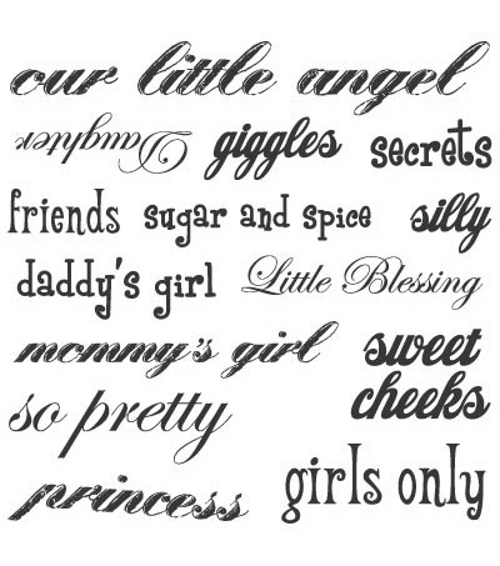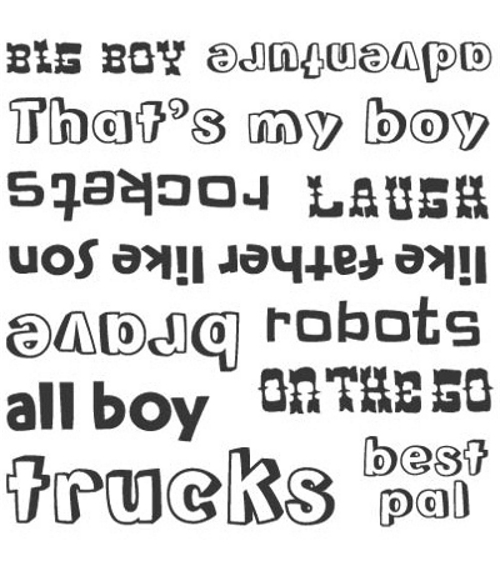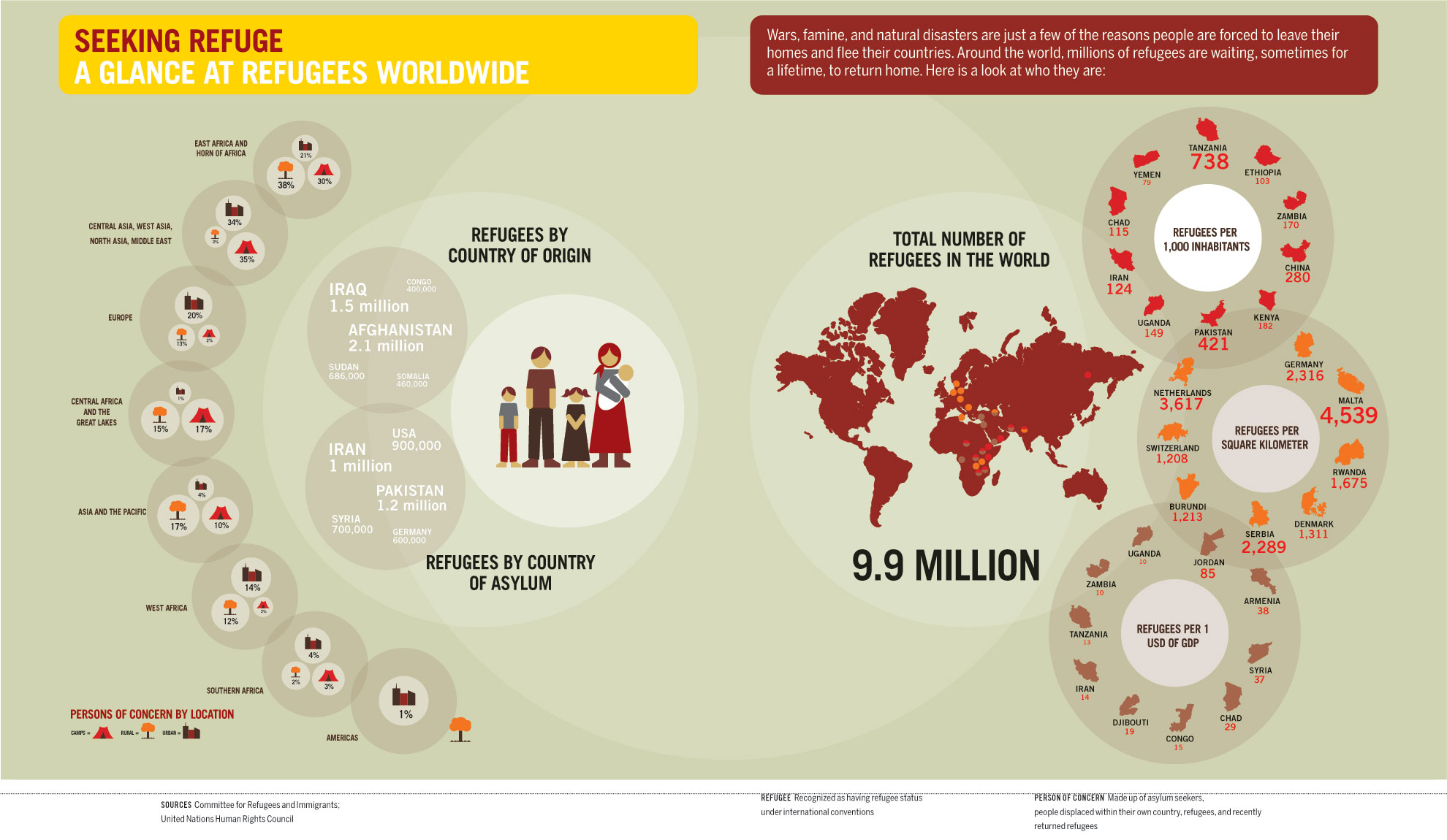Shelby Lee Adams is a photographer most famous for his pictures of Appalachia. Here is the cover one of his books:
This post is based on a documentary about Adams work called The True Meaning of Pictures.
Adams has come under severe criticism. Critics argue that his photography exploits the poverty and disempowerment in Appalachia and reproduces negative stereotypes. The idea the Appalachian people are imbred, dumb, and barbaric was made famous in the movie Deliverance. Here is the (at once charming and chilling) dueling banjo scene:
Critics argue, also, that Adams features the worst conditions of life in Appalachia. Bill Gorman, the Mayor of Hazard, Kentucky, says:
“I don’t think this is average… I think it’s the kind of thing that sells.”
For example, one picture is argued to be staged. Adams admits to buying the pig and arranging the butchering (the family was too poor to have pigs).
In the documentary, we also see Adams instructing his subjects in how they should stand and what facial expression to make.
A.D. Coleman, an art critic, thinks that images are purposefully made to seem “ominous” and “spooky.” And, while Adams gets permission from the people in his pictures to use their images, Coleman suggests that they are not necessarily capable of understanding exactly what they are consenting to. He explains:
“They [the pictures] call for a very sophisticated kind of reading. And I’m not sure that these people have the education, the visual educational background, to understand how these pictures read.”
Others suggest that that doesn’t give the Appalacians enough credit.
Adams argues that he’s taking pictures of his own culture. In fact, Shelby did grow up in Appalachia, though he was middle class compared to those he photographs. He also abdicates responsibility for any objective representation. He says:
“I’m trying to express myself with that culture. So it’s not an objective document. It’s not an object. It’s me. It’s life. And it’s my subjects lives. Who are my friends.”
You can see more of his photographs here and here.
The controversy over Adams’ work brings up some interesting questions regarding art and representation:
1. What is art for? Is it for representing things as they are? Is it for the expression of the artist? Is it for the furtherance of social justice?
2. Who decides the meaning of a picture? Does Adams’ intention count? Or does the only thing that counts what the viewer sees? Which viewer? How many viewers must we predict will judge Appalachia badly upon viewing the pictures before we decide that they undermine social justice efforts (if, in fact, we decide social justice is relevant to art)?
3. If, in fact, the pictures do represent the poorest Appalachians, does that mean they should not be photographed? Is that criticism, in itself, a good one? Who gets to decide who really represents Appalachia?
4. So what if Adams is making money off of the pictures? Does this make him a bad person? Does it make the pictures exploitative? When things are done for money, does that mean that they are automatically not about love and care? Many of us, I imagine, sure hope that’s not true for preachers and teachers. So how do we decide whether the fact that Adams benefits is a problem?
Thoughts? Other questions we could ask?
Lisa Wade, PhD is an Associate Professor at Tulane University. She is the author of American Hookup, a book about college sexual culture; a textbook about gender; and a forthcoming introductory text: Terrible Magnificent Sociology. You can follow her on Twitter and Instagram.


